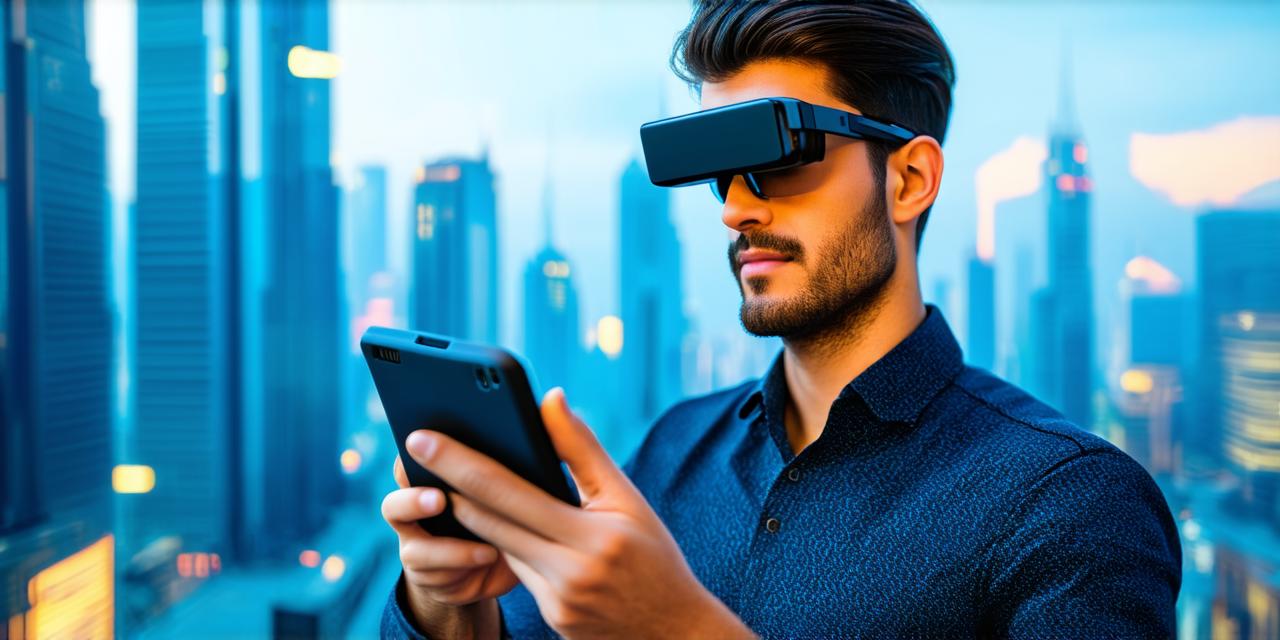Augmented reality (AR) is a technology that overlays digital information on top of the real world, allowing users to see and interact with virtual objects in their physical environment.
In simple terms, AR allows you to experience the real world in a new way. Imagine being able to see virtual furniture in your home before buying it, or seeing a 3D model of a building before it’s built. This is what AR can help you achieve, and much more!
What are Some Examples of Augmented Reality?
AR has a wide range of applications across different industries, including gaming, marketing, education, and healthcare.
Here are some examples of how AR is being used today:
- Gaming: Games like Pokemon Go and Ingress use AR to create an immersive gaming experience where players can interact with virtual objects in their real-world environment. This makes gaming more engaging and interactive.
- Marketing: Companies like Coca-Cola, L’Oreal, and IKEA have used AR to create marketing campaigns that allow customers to see products in a new light. For example, IKEA’s AR app lets you see how furniture would look in your home before buying it.
- Education: AR is being used in education to help students learn about history and science in a more engaging way. For example, an AR app called Aurasma can bring historical landmarks to life by overlaying digital information on top of them.
- Healthcare: AR is being used in healthcare to help doctors and patients visualize medical procedures and diagnose conditions more accurately. For example, the Vuforia app can be used to create 3D models of organs and bones, allowing doctors to plan surgeries more precisely.

The Benefits of Augmented Reality
AR has a number of benefits that make it an attractive technology for businesses and individuals alike. Here are some of the key benefits:
- Improved engagement: AR makes things more engaging by allowing users to interact with virtual objects in their real-world environment. This can help capture people’s attention and keep them engaged for longer periods of time.
- Enhanced learning: AR can be used to create more interactive and engaging educational experiences, which can help students learn more effectively.
- Increased accuracy: AR can be used in healthcare to help doctors plan surgeries more precisely and diagnose conditions more accurately. This can lead to better patient outcomes and reduced healthcare costs.
- Cost savings: AR can help businesses save money by allowing them to visualize products and processes before they’re built, which can reduce errors and delays.
How Augmented Reality Works
AR works by using sensors and cameras on a device or app to track the user’s position in the real world. This information is then used to overlay digital information on top of the real world, creating an augmented reality experience.
There are several different ways that AR can be created, including:
- Image recognition: AR apps use image recognition technology to identify objects in the real world and overlay digital information on top of them.
- GPS and other location-based data: AR apps can use GPS and other location-based data to track the user’s position in the real world and create an augmented reality experience based on their surroundings.
- Marker recognition: AR apps can use marker recognition technology to overlay digital information on top of physical markers, such as QR codes or barcodes.
The Future of Augmented Reality
AR is still a relatively new technology, but it’s already making a big impact across different industries. As the technology continues to develop and improve, we can expect to see even more innovative applications of AR in the future.
